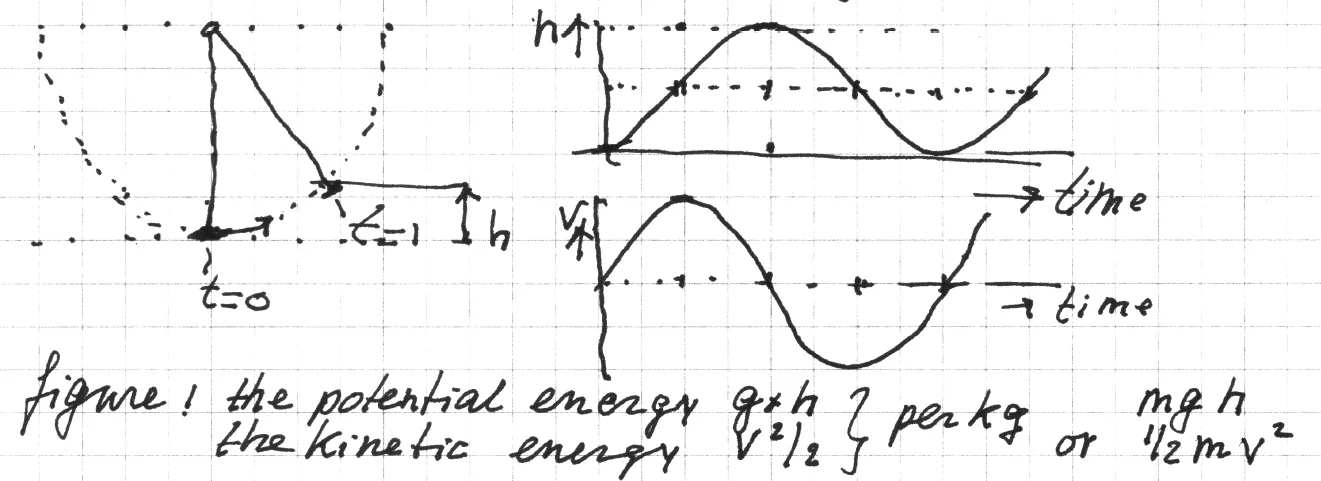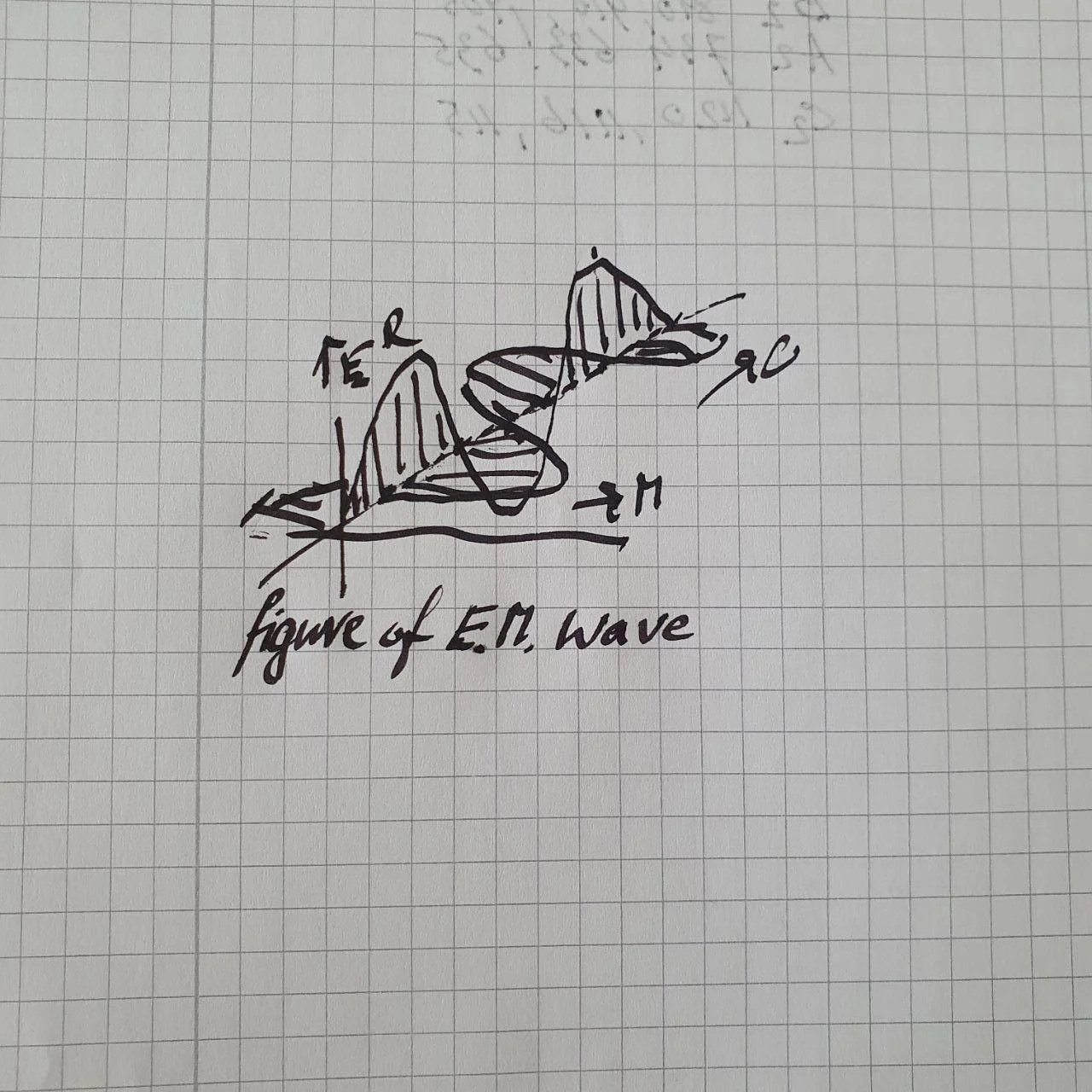Remote Sensing Basics: Physics, Mathematics, and Truth Values

Reading time
Content
Introduction
This section offers a fundamental overview of the physical and mathematical principles that underlie remote sensing. It specifically focuses on assessing the reliability or "truth value" of data, models, and predictions derived from remote sensing applications. The discussion includes the basic physics of energy interaction, the functioning of various types of sensors, the nature of information and knowledge in remote sensing, and methods for evaluating the accuracy or truth value of classifications.
Key Themes and Important Ideas/Facts
The Fundamental Basis of Remote Sensing - Physics of Energy Interaction:
- Remote sensing fundamentally relies on the interaction of energy (specifically, electromagnetic radiation in the form of photons) with objects and molecules.
- Physics (under normal non nuclear conditions) is fundamentally based on the interaction of atoms and molecules via electrons and photons.
- Sensors are described as transducers that transform energy from one domain to another for data collection.
Sensor Operation and Energy Conversion:
- Most current remote sensing imaging sensors are based on arrays of cells that convert photons into electrons.
- This conversion involves photons giving energy to electrons, allowing them to escape from potential voltage "wells" or "buckets."
- The efficiency of this conversion (transforming a photon to a "free" electron) is called the quantum efficiency.
- The voltage over a capacitor in each sensor cell is a measure of the number of photons that have entered the cell.
- Thermal infrared sensors face the challenge of distinguishing between photon-generated electrons from photons and electrons generated by heat in the sensor elements, which often requires cooling. Cheaper sensors (bolometers) rely on measuring temperature changes per cell.
- In the microwave domain, the low energy per photon wavelet makes free electron generation difficult. Instead, the electrical field of microwave photons is used to increase the voltage and current variation of an electromagnetic resonator.
The Importance of Resonance:
- Resonance is a key principle in sensor operation, particularly in microwave and radio wave detection.
- A resonator is analogous to a swing. When pushed at its natural frequency, the amplitude increases.
- "Why is the principle of resonance important?"
- In photon-electron interaction, electrons are pushed to higher energy levels if their oscillation energy resonates with the photon's dynamic energy.
- In microwave and radio wave detection, resonance allows waves with the same frequency as the antenna (acting as a dipole antenna) to build up enough amplitude to be detected.
Understanding Electromagnetic Radiation (EMR) for Truth Evaluation:
- Evaluating the truth of statements about EMR radiation requires understanding concepts of static/potential energy and dynamic/movement energy.
- This is analogous to a swinging pendulum, where potential energy is proportional to height and kinetic energy to the square of velocity.
- In electromagnetism, potential energy is proportional to the electrical field (E) and kinetic energy to the movement/displacement of electrons/charge, which produces a magnetic field (M).
- The "electric swing and resonator," showing the harmonic flow of energy between maximum voltage (associated with the electrical field) and maximum current (associated with the magnetic field). The E and M field cannot have the same vector value at the same time . Verify the truth of graphs in RS handbooks on the E.M. field!
- Man-made resonators in different fields (acoustic, microwave, optical/quantum) play a crucial role in storing and releasing energy.

The potential energy = mgh (m stands for mass and is measured in kilograms, g stands for gravity and equals 9.8 m/s2, and h stands for height and is measured in meters). The kinetic energy = ½ mv2 (m is the mass and v is the velocity).

The Electromagnetic (E.M.) Radiation wave.
Properties of Photons and Microwave Waves:
- In most applications, the effects of the electrical field (E) are much stronger than the magnetic field (M). Properties of the E-field are used to derive properties of the M-field.
- The E-field has a polarisation angle.
- Frequency is the inverse of the time period required to reproduce the E(t) pattern (f = 1/T).
- Wavelength depends on frequency and the medium (λ = c/f).
- The output of electro-optical devices is an estimation of the number of photons "captured" per sensor cell during an exposure or integration time.
- Photon energy is expressed in Joule or Ev Electron Volt.
Photon Sorting and Filtering:
- Photons are sorted or "filtered" based on their properties, such as wavelength.
- RGB and Infrared cameras typically use selective resonance absorption filters.
- Transmission bands are frequency bands where photons are not transformed into "thermal" electrons.
- Absorption of photon energy can lead to de-coherence as thermal energy, quantum effects in chemical reactions (chlorophyll) or re-emission (fluorescence).
- Interference filters use resonant cavities to pass a small range of wavelengths or equivalent frequencies.
- Reflected photons are in general re-polarised .
Measurement, Information, and Knowledge in Remote Sensing:
- Measurement: The interaction between two objects in space-time that produces data about that interaction.
- Information: A relationship between possible questions and answers. Useful information must specify the data and interaction models used. It is a statistical relationship.
- The truth of an answer (e.g., from a model) is the probability of the answer given the data and model. The probability model for photon counts should be asymmetric, like the Poisson distribution, to avoid a false information extraction method.
- Knowledge: Is based on hypotheses and measured evidence. Knowledge (Hypothesis(i)) = probability (Hypothesis(i) given Evidence(j)).
- Knowledge about objects derived from photon sensors can be based on the frequency or counts of coincidence statistics of controlled experiments.
- Hypotheses can vary (radiometric, shape, 2D/3D patterns). They should preferably be formulated as prediction models for spatial and spectral features.
Evaluating the Truth Value of Classifications:
- This section focuses on evaluating the reliability of discrete class hypotheses.
- The probability of "true" or "truth" for a classification is reported by comparing the frequencies of true and false of classified data samples.
- This knowledge must be independent of sample size (must be large enough).
- The process involves mapping the frequency of evidence (Ei) given a class (Ci) to a probability.
- The average likelihood (over all hypotheses, classes) for a given dataset gives a truth estimate for the result of the classification.
- Mapping the likelihood array for each datum to maximum likelihood produces a binary approximation of truth to "pseudo truth."
- A coincidence matrix (or confusion matrix) is used to show the frequency of correct and incorrect classifications.
- The truth matrix, derived from the coincidence matrix, is crucial for decision making as it highlights the trade-offs between the benefits of a correct classification and the costs of a wrong one.
Key Quotes
- "Physics under normal circumstances is fundamentally based on the interaction of atoms and molecules via electrons and photons."
- "A sensor is a transducer that transforms energy from one domain to another domain that is more accessible to data collection."
- "In current remote sensing practice, most imaging sensors are based on arrays or matrices of cells that convert photons with energy hf (Planck x frequency) to electrons with enough energy to escape free from each cell's energy 'wells' or buckets."
- "The voltage over the capacitor is a measure of the number of photons entering each sensor cell."
- "Why is the principle of resonance important?"
- "Measurement: the interaction between two objects in space-time that produce data about that interaction."
- "Information: a relationship between (possible) questions and answers."
- "Knowledge is based on hypotheses and measured evidence. K(Hypothesis(i)) = prob(Hypothesis(i) given Evidence(j))."
- "This truth matrix is very relevant for decision making where the benefits of a TRUE classification may be different from the costs of a wrong classification."